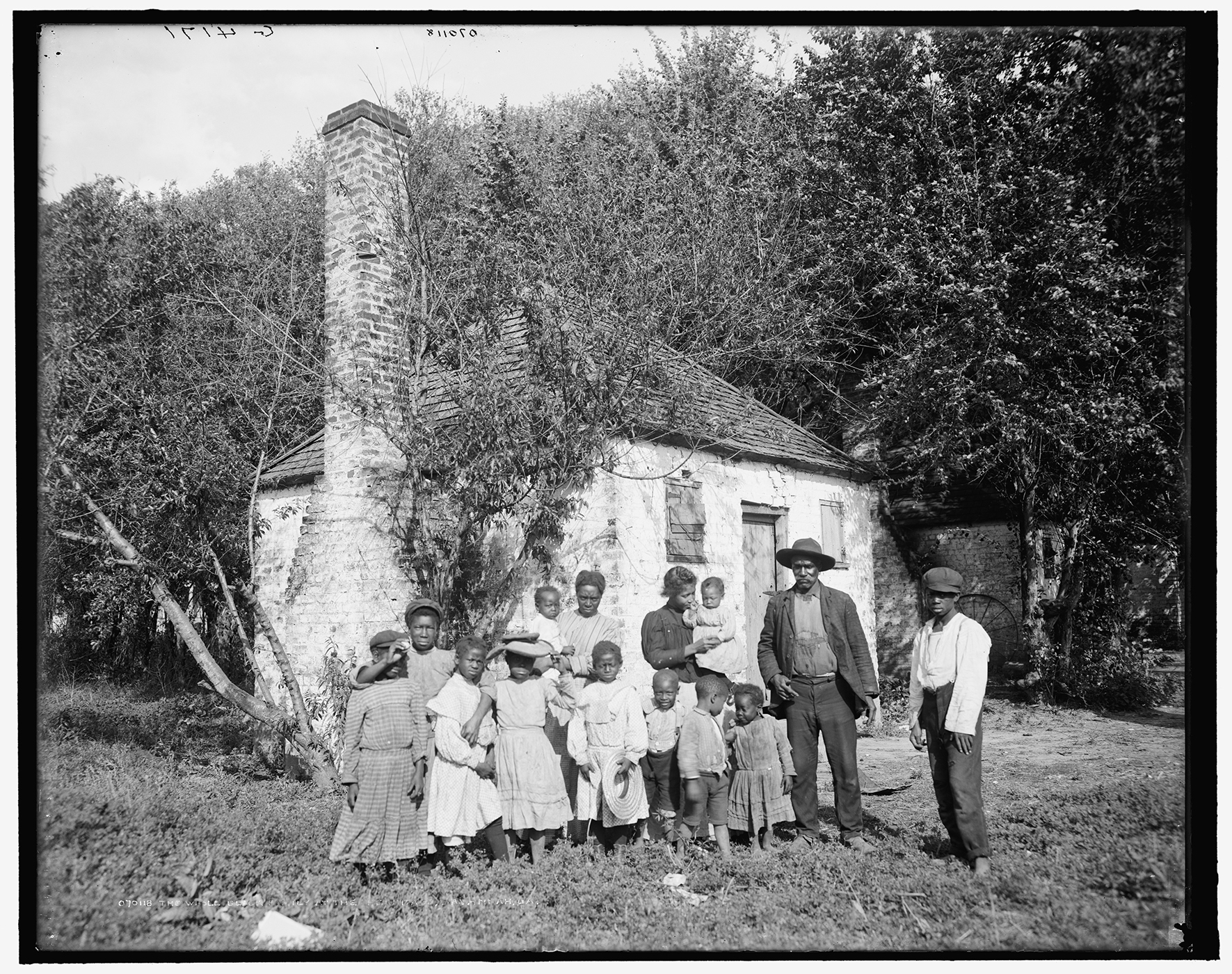Historic American Buildings Survey (HABS)
Summers, 2012 and 2013, I was employed as an architect for the Historic American Buildings Survey (HABS), part of the Heritage Documentation Programs division of the National Park Service, U. S. Department of the Interior. In September 2013, I conducted a pilot survey project for the Slave House Database with the support of HABS resources and equipment. I worked in consultation with HABS staff to refine my survey methods. At the end of the project I had successfully surveyed my first fifteen HABS-documented slave house sites in Virginia.
Trimble

In July 2017, I collaborated with the company Trimble, a leader in GPS technology, to provide a unique onsite survey experience. I planned, implemented and hosted a four-day workshop of intensive hands-on slave house documentation. The workshop was attended by twenty-four stakeholders, representing twelve different organizations. Trimble thought so highly of my project and this collaborative effort that they were willing to send a team of four corporate professionals across the United States at their own expense for six days.
Trimble was founded in 1978 with the mission to change the way the world is modeled using GPS technology. Today, Trimble is an international company that manufactures more than 500 products servicing seven different industries. They make the handheld GPS unit I use in the field as well as 3D laser scanning equipment. Trimble’s involvement allowed me to complete 3D laser scans of three select slave houses. The workshop participants had the good fortune to acquire hands-on experience with a product still under development, not yet commercially available (HoloLens goggles). These goggles allowed the user to explore and walk through a slave house in virtual reality. Trimble gained the opportunity to test cutting-edge technology, as well as instantly upload real-time data to Trimble Connect (their cloud project platform). Trimble uses the data for demonstration purposes at trade shows, and for advertising and marketing purposes. They also featured one of the scanned slave houses at the InterGeo conference, the largest GeoSpatial conference in the world.
Virginia Humanities

Virginia Humanities (VH), especially Encyclopedia Virginia (EV), an online, free and authoritative resource published by VH, has supported my project in many aspects. They have helped me get rare historic documents in special collections digitized, collected B-roll video and photographs during the Trimble Workshop, assisted in fieldwork and introduced me to new partnerships, just to name a few.
University of Virginia Scholars’ Lab


The Scholars’ Lab at the University of Virginia (UVA) has 3D laser scanned several slave houses for my project. In addition to the normal processing of the data for one of the sites the Scholars’ Lab team also formatted the data so that the structure could be explored in virtual reality.
Springpoint Structural

Springpoint Structural has donated their time to perform an onsite evaluation of a slave house and create a follow-up report. The onsite evaluation included visual inspections of the building and resistance test drilling of select logs to determine their core strength.
Equipment & Software
Navigation Electronics, Inc.

My fieldwork relies on the latest technologies to successfully complete my one-woman surveys. An indispensable piece of equipment I work with is a Trimble GeoExplorer, a handheld surveying computer. This unit allows me to survey a building quickly and efficiently. I am able to collect geographic information system (GIS) coordinates for each structure and fill out an electronic survey form that is associated with those specific coordinates. My unit and its accessories were graciously donated by Navigation Electronics (NEI).
Duncan-Parnell, Inc.

I have designed an electronic survey form to aid in systematic data collection specific to slave houses, which includes, for each site, the name of the slaveowners, number of enslaved people, associated slave cemeteries, loft spaces, and subfloor pits. The form includes fields for overall building measurements, room dimensions, and detail dimensions for features such as fireplaces, windows and doors. In order to make this form compatible to be uploaded into the Trimble GeoExplorer it needs to be created with a specific computer program, Pathfinder Office. Duncan-Parnell has generously donated software licenses of the program. They have also assisted with personalized one-on-one training with certified GIS professionals when I have questions or need to troubleshoot a problem.
Lodging
Georgia State Parks

A.H. Stephens Historic Park, Crawfordville, Georgia
Fort McAllister State Park, Richmond Hill, Georgia
Fort Yargo State Park, Winder, Georgia





